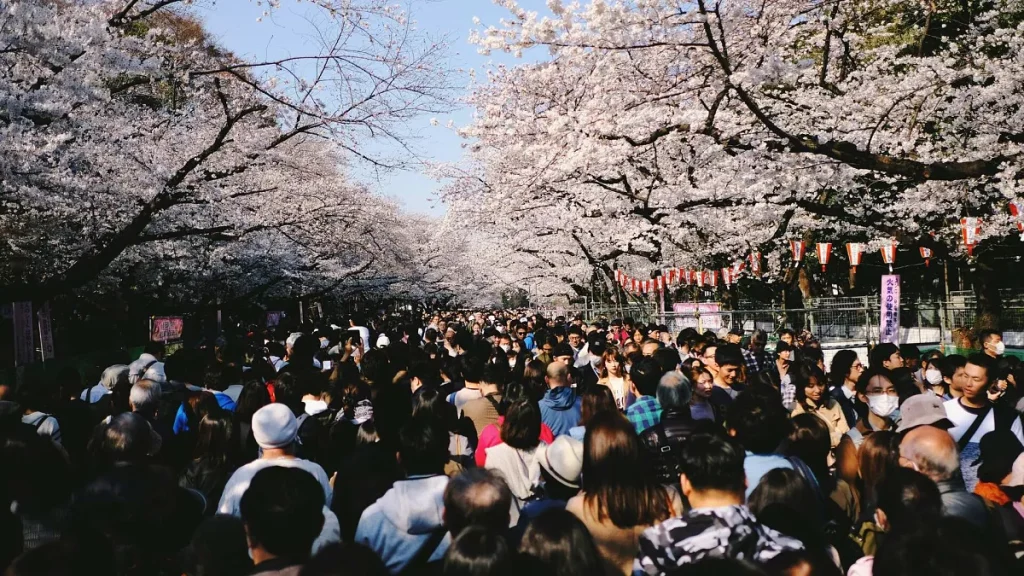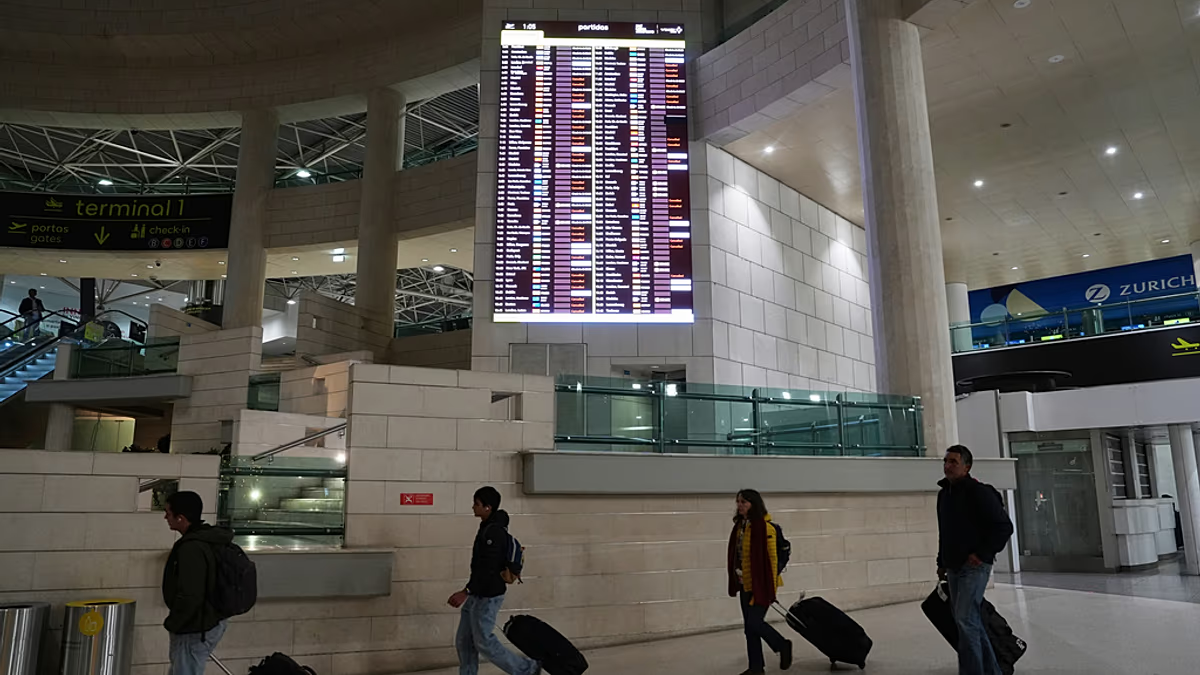Japan’s Evolving Tourism Landscape: Higher Fees and New Approaches in 2026
In a significant shift that reflects both economic necessity and response to overtourism concerns, Japan is preparing to implement higher travel fees for international visitors beginning in 2026. For travelers who have fallen in love with Japan’s unique blend of ancient traditions and modern innovations, this means budgeting a bit more for future visits. The Japanese government is planning substantial increases to its international departure tax alongside potential hikes in visa fees that have remained unchanged since 1978. These changes come at a time when Japan is experiencing unprecedented tourism growth, with visitor numbers surging well beyond pre-pandemic levels. The revenue generated from these increased fees is intended to support important domestic initiatives, including free high school tuition, as well as enhance airport infrastructure and security screening procedures throughout the country.
The specific changes being considered would bring Japan’s travel fees closer to “international standards.” Currently, Japan’s departure tax stands at a modest ¥1,000 (about €5.50), but this could increase substantially when compared to countries like Germany, where departure fees range from €15.53 to €70.83 depending on destination distance. Similarly, Japan’s visa fees—currently ¥3,000 (€19) for single-entry visas and ¥6,000 (€38) for multiple-entry visas—could see dramatic increases if brought in line with comparable economies like the UK (€150) or Schengen countries (€90). Additionally, beginning in 2028, Japan plans to implement a new pre-screening system called the Japan Electronic System for Travel Authorisation (JESTA), which will likely carry an additional charge of ¥6,000 (€36) for travelers from visa-waiver countries, similar to Europe’s planned ETIAS fee.
The timing of these changes reflects a growing recognition that Japan’s tourism infrastructure requires additional funding to support sustainable growth. With visa fees unchanged for nearly half a century, officials argue these adjustments are long overdue. The Japanese government faces financial challenges in securing the approximately €2.25 billion needed to expand free tuition for all high school students—a key policy proposal from the Liberal Democratic Party coalition. By increasing fees primarily paid by foreign visitors, Japan hopes to generate new revenue without burdening its own taxpayers. However, these changes also reveal an underlying concern about the impact of tourism on local communities and infrastructure. The tourism boom has brought record numbers to Japan, with 31.6 million international visitors arriving between January and September of this year alone, creating both economic opportunities and community strains.
In response to overtourism challenges, several regions across Japan are introducing measures to better manage visitor impacts. Kyoto, one of Japan’s most beloved cultural destinations, recently approved a tiered accommodation tax set to take effect next year. This marks the first increase since the levy was introduced in 2018 and is expected to more than double the city’s revenue from accommodation taxes, from about €32 million to approximately €71 million annually. The new system implements a progressive structure where visitors staying in luxury hotels will pay as much as ¥10,000 (€56) per night, while those in mid-range accommodation will be charged between ¥1,000 and ¥4,000 (€5.50 and €23). Budget travelers staying in accommodations under ¥6,000 (€34) per night will pay a minimal ¥200 (about €1) fee. Importantly, Kyoto officials emphasize that these changes are not intended to discourage tourism, but rather to ensure visitors contribute to addressing the impacts of overtourism on the city’s infrastructure and residents.
The conversation around tourism in Japan has taken on additional complexity under the leadership of Prime Minister Sanae Takaichi, Japan’s first female prime minister and a hardline conservative. In recent campaign messages, Takaichi referenced incidents involving foreign tourists allegedly mistreating the famous deer at Nara Park, comments that some observers connect to rising anti-immigrant and anti-tourist sentiment. This shift in tone mirrors similar reactions occurring in many Western tourist destinations facing their own challenges with visitor volumes. Tourism industry experts note that such visitor levies rarely aim to discourage travel but instead seek to reinvest in the very attractions that draw visitors: cultural preservation, public transportation improvements, cleanliness, and better visitor management systems. These investments ultimately benefit both tourists and locals by preserving what makes these destinations special while mitigating negative impacts.
As Japan enters this new phase in managing its tourism industry, the country faces the delicate challenge of balancing continued growth with sustainability and quality of life for its citizens. The fee increases, while potentially unwelcome news for budget-conscious travelers, represent Japan’s attempt to develop a more sustainable tourism model that can support domestic priorities while preserving the experiences that make the country such a beloved destination. For future visitors, these changes mean planning for slightly higher costs but also potentially enjoying the benefits of better infrastructure and less crowded attractions. The approach being developed in Japan—using tourism revenues to offset tourism impacts—may well become a model for other popular destinations worldwide grappling with similar challenges. As global tourism continues to grow, finding this balance between welcoming visitors and preserving destinations will remain essential for countries like Japan that depend on tourism while wanting to protect their unique cultural identity and quality of life.












